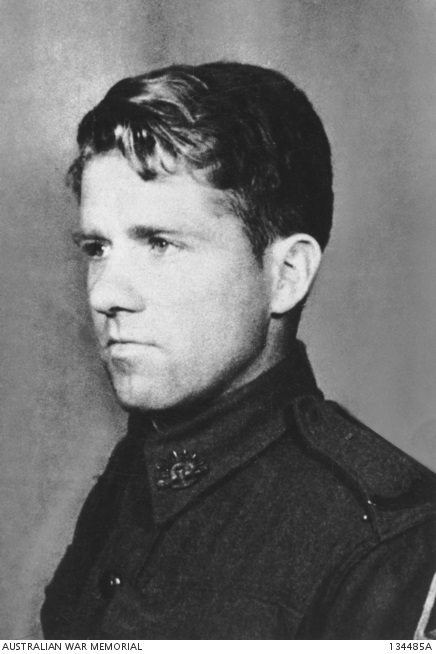The small, picturesque town of Wewak on the north coast of Papua New Guinea is now quiet and peaceful. But between 1943 and 1945, it was occupied by the Japanese who used it as the site of a major air base that was subjected to repeated bombing by the United States (US) and Australian air forces.
On this day in 1945, the Battle of Wewak came to an end. Australian troops, with support from the Royal Australian Air Force (RAAF) and Royal Australian Navy (RAN), began the operation to capture Wewak from the Japanese on 3 May 1945. The capture of Wewak was part of the broader Australian Aitape-Wewak campaign that lasted from November 1944 to August 1945.
The Aitape-Wewak campaign began when Australian troops relieved US forces who had established a base at Aitape, 180 kilometres north-west of Wewak. From there, they decided to defeat the Japanese forces in the area by carrying out a series of operations heading south into the Torricelli Mountains and southwest along the coast towards Wewak.
The attack on Wewak began on 10 May when Australian forces took Wewak, having launched an amphibious assault to the west, followed by another amphibious landing to the east at Dove Bay the next day. Despite determined resistance from Japanese troops, Australian forces declared Wewak cleared on 11 May.
During the fighting around Wewak Airfield on the 15th, Private Edward (Ted) Kenna of the 2/4th Infantry Battalion earned the Victoria Cross for his actions. He and his comrades had been pinned down by Japanese machine gun nests, so Private Kenna simply stood up and began firing his Bren gun from his hip. According to the citation:
'The enemy machine gun immediately returned Private Kenna's fire and with such accuracy that bullets actually passed between his arms and his body. Undeterred, he remained completely exposed and continued to fire at the enemy until his magazine was exhausted. Still making a target of himself, Private Kenna discarded his Bren gun and called for a rifle. Despite the intense machine gun fire, he seized the rifle and, with amazing coolness, killed the gunner with his first round.
'A second automatic opened fire on Private Kenna from a different position and another of the enemy immediately tried to move into position behind the first machine gun, but Private Kenna remained standing and killed him with his next round.'
This made it possible for his fellow Australians to advance and clear the positions. Private Kenna survived the war and died at the age of 90 in Geelong.
After the capture of Wewak, the remaining Japanese forces withdrew into the Prince Alexander Mountains further inland. Operations there were still continuing when the war ended in August.
The Japanese put up stiff resistance throughout the Aitape-Wewak campaign, which was fought in difficult jungle conditions. It was a bloody and gruesome experience for both sides, with disease exacting a significant toll.
Australian casualties amounted to more than 450 killed and over 1,100 wounded, while more than 9,000 Japanese were killed and nearly 270 captured.
Lest we forget.

Members of A Company, 2/8 Infantry Battalion in the Wewak Area, July 1945. AWM 094025

Private Edward Kenna. AWM 134485A